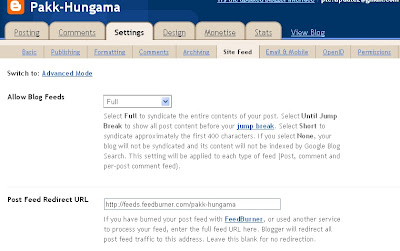Your blog and your social media marketing (SMM) accounts should be linked together. You want to create a network of resources that bring together your various marketing efforts. Linking your blog to your social media accounts is essential.
Blog Postings on Facebook and Twitter
You can set up your social media accounts including Facebook and Twitter so that they automatically show a link to your blog postings. This automated technique makes it easy to update your Facebook pages and Twitter account with your new blog postings.
One of the goals of all social media marketing plans is to keep content updated and fresh. If you update your blog frequently you will be automatically updating your Facebook and Twitter account as well.
Make sure the titles of your blog posting are eye-catching and you can drive traffic from the social media sites onto your blog. A short, catchy title will capture the attention of someone you are friends with on Facebook or who is following you on Twitter.
Add Social Media Links to Blog
People who find your blog may not know that you also have social media accounts and pages. Make sure that your blog prominently displays an invitation for them to become a fan on Facebook and a follower on Twitter.
As a blogger you want to give people a ample opportunity to learn more from you and about you. Linking your social media accounts to your blog creates these opportunities.
Web 2.0 is all about users participating on websites and networks. A blogger needs to think about inviting participation on their blog and beyond their blog in order to create an overall user experience that builds loyalty.








